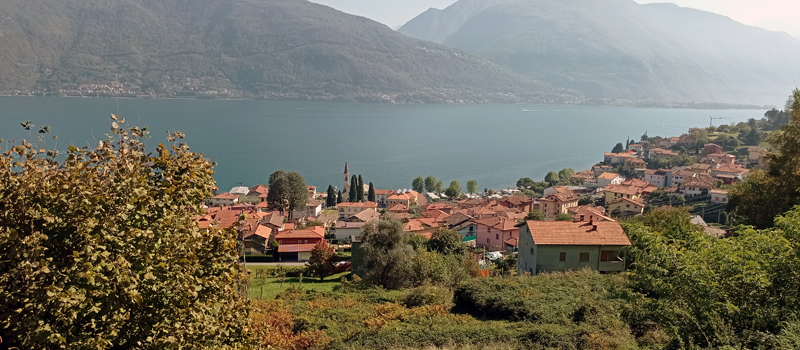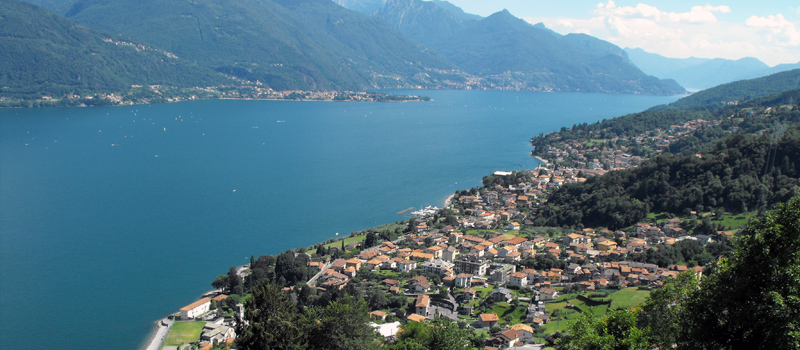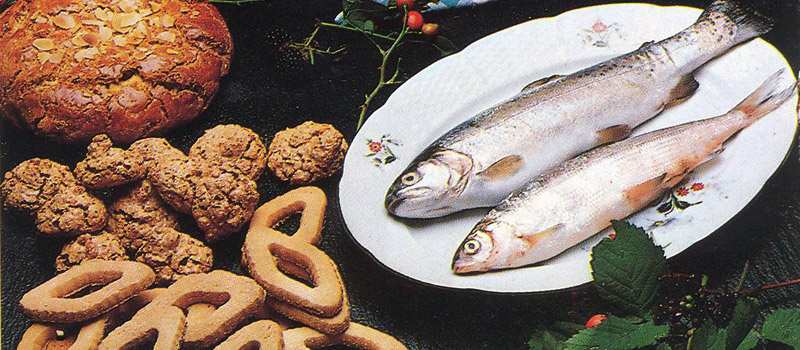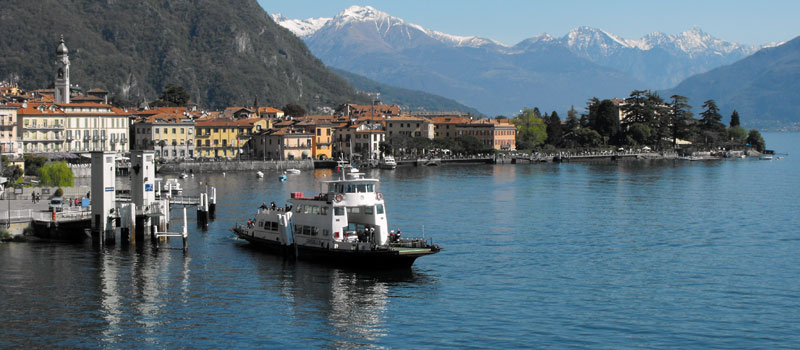
Pianello del Lario emerges out from the north-western shore of Lake Como, and the territory extends from the waters of the Lario to the crests of Monte Bregagno (2107 m). The thirteen villages that make up the town are the following: Bellera, Tre Terre, Crotti, Calozzo, Riva, Camlago, Sant'Anna, Belmonte, Saliana, Garuso, Maggiana, Mianico, Nasina. Some historians trace the first settlements back to Roman times; in the early Middle Ages the village was annexed to the Corte di Musso while in the 16th century to the Pieve di Dongo. During the Napoleonic reign, Pianello, Musso and Cremia together formed a single municipality and only after the unification of Italy did they become independent municipalities.
Until the middle of the last century the town's economy was mainly based on silk processing, starting from the cultivation of mulberry trees and vines for the breeding of silkworms to the production of the fabric in the spinning mills that stood along the Val Grande stream. Today Pianello del Lario is a town with a strong sense of touristic vocation, and thanks to its splendid position and constant winds (Breva and Tivano) it is a privileged destination for those who love sailing, windsurfing and kitesurfing. Trekking enthusiasts can find tons of possibilities in Pianello for excursions, and on the lakeshore, we’ll point out the suggestive Breva and Tivan Walk which from Cremia reaches Musso.
The International Museum of Vintage Boats is definitely worth a visit, set up in an old spinning mill which houses over four hundred boats that recount two millennia of nautical history here on Lake Como, a unique exhibition for its completeness and particularity. A few steps from the lake stands the church of San Martino, inside of which frescoes by Isidoro Bianchi and Tagliaferri can be found as well as a valuable processional cross made by Francesco Ser Gregori. We can’t talk about Pianello del Lario without mentioning Don Luigi Guanella, founder of the House of Divine Providence, who was parish priest of the town from 1881 to 1890 and was proclaimed a saint by Pope Benedict XVI in 2011.

Musso is a town rich with history: in the thirteenth century the area was the feud of Malacrida family, allies to the Duchy of Milan. In 1522, Gian Giacomo Medici, called the Medeghino, stormed the castle and enlarged the fortifications.
Musso
Dried Shad (Agone), called Missoltini or Missultin, were at one time a precious food for inhabitants of Lake Como, the particular processing allowed them to be conserved for more than a year, excellent traditional Lake Como cuisine.
Lario Cuisine
Menaggio's particularly mild climate, ventilated by two winds known as Breva and Tivano, and its optimal sunny position allows for a surprising flora along the lake shore. Its supply of receptive and sporting facilities is excellent.
Menaggio